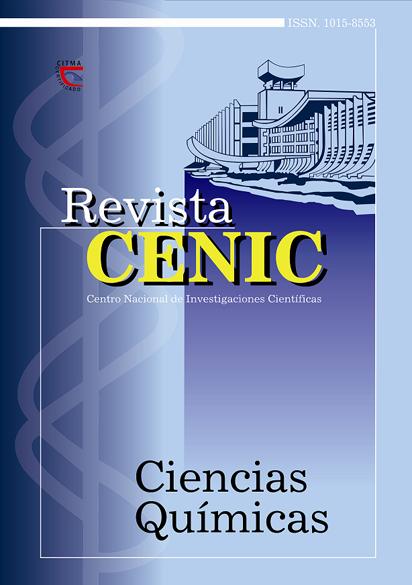Benjamín Thomson, Count Rumford
Keywords:
Heat transfer, conductivity, convection, heat equivalent, capillarity, photometry, photosynthesis, optics, chimneys, nutrition, surface phenomenaAbstract
Benjamin Thomson, Count Rumford (1752-1814), was a self-educated scientist, military man, and political economist, living during the turbulent period of the American Revolution and the European Wars of the 18th and 19th centuries. He carried on important researches in the areas of heat transmission, measurement of the heat capacity, surface phenomena, photosynthesis, the nature of light, and nutrition. He discovered the phenomenon of thermal convection, proved that thermal energy was the result of molecular vibrations and did not have weight, measured the thermal equivalent of mechanical energy, developed a powerful lamp for domestic and industrial uses, improved substantially the design of chimneys, to decrease their enviromental effect, as well as the better use of food.Downloads
Published
How to Cite
Issue
Section
License
Los autores que publican en esta revista están de acuerdo con los siguientes términos:
Los autores conservan los derechos de autor y garantizan a la revista el derecho de ser la primera publicación del trabajo al igual que licenciado bajo una Creative Commons Atribución-NoComercial-CompartirIgual 4.0 que permite a otros compartir el trabajo con un reconocimiento de la autoría del trabajo y la publicación inicial en esta revista.
Los autores pueden establecer por separado acuerdos adicionales para la distribución no exclusiva de la versión de la obra publicada en la revista (por ejemplo, situarlo en un repositorio institucional o publicarlo en un libro), con un reconocimiento de su publicación inicial en esta revista.
Se permite y se anima a los autores a difundir sus trabajos electrónicamente (por ejemplo, en repositorios institucionales o en su propio sitio web) antes y durante el proceso de envío, ya que puede dar lugar a intercambios productivos, así como a una citación más temprana y mayor de los trabajos publicados (Véase The Effect of Open Access) (en inglés).














